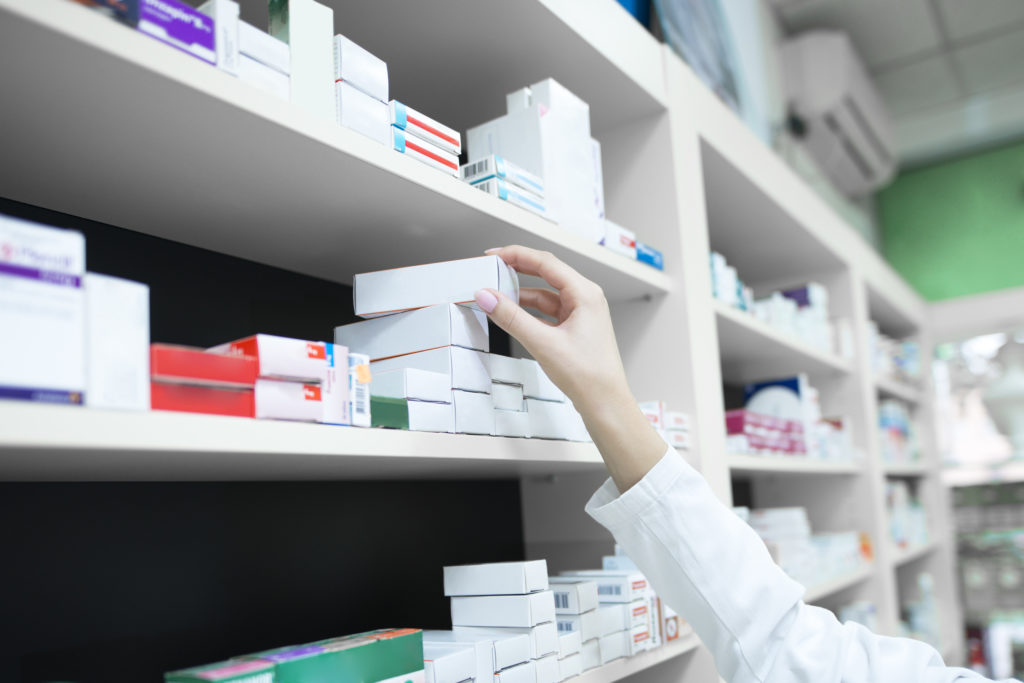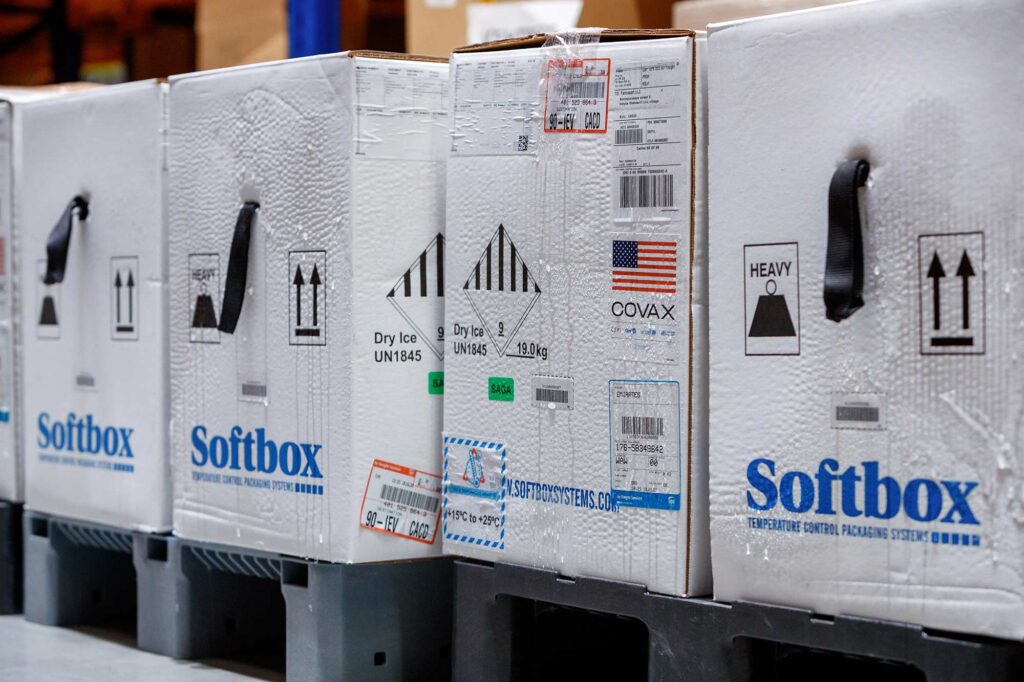Reducing the Price of Treatment for Multidrug-Resistant Tuberculosis through the Global Drug Facility
Reducing the Price of Treatment for Multidrug-Resistant Tuberculosis through the Global Drug Facility
Abstract
Problem
Many countries have limited experience of securing the best prices for drugs and have little negotiating power. This is particularly true for the complex, lengthy and expensive regimens used to treat multidrug-resistant tuberculosis.
Approach
The Stop TB Partnership’s Global Drug Facility is dedicated to improving worldwide access to antituberculosis medicines and diagnostic techniques that meet international quality standards.
Local Setting
The Global Drug Facility is able to secure price reductions through competitive tendering among prequalified drug manufacturers and by consolidating orders to achieve large purchase volumes. Consolidating the market in this way increases the incentives for suppliers of quality-assured medicines.
Relevant Changes
In 2013 the Global Drug Facility reduced the price of the second-line drugs it supplies for multidrug-resistant tuberculosis: the overall cost of the longest and most expensive treatment regimen for a patient decreased by 26% – from US$7,890 in 2011 to US$5,822 in 2013.
Lessons Learnt
The price of treatment for multidrug-resistant tuberculosis supplied by the Global Drug Facility was reduced by consolidating orders to achieve large purchase volumes, by international, competitive bidding and by the existence of donor-funded medicine stockpiles. The rise in the number of suppliers of internationally quality-assured drugs was also important. The savings achieved from lower drug costs could be used to increase the number of patients on high-quality treatment.

